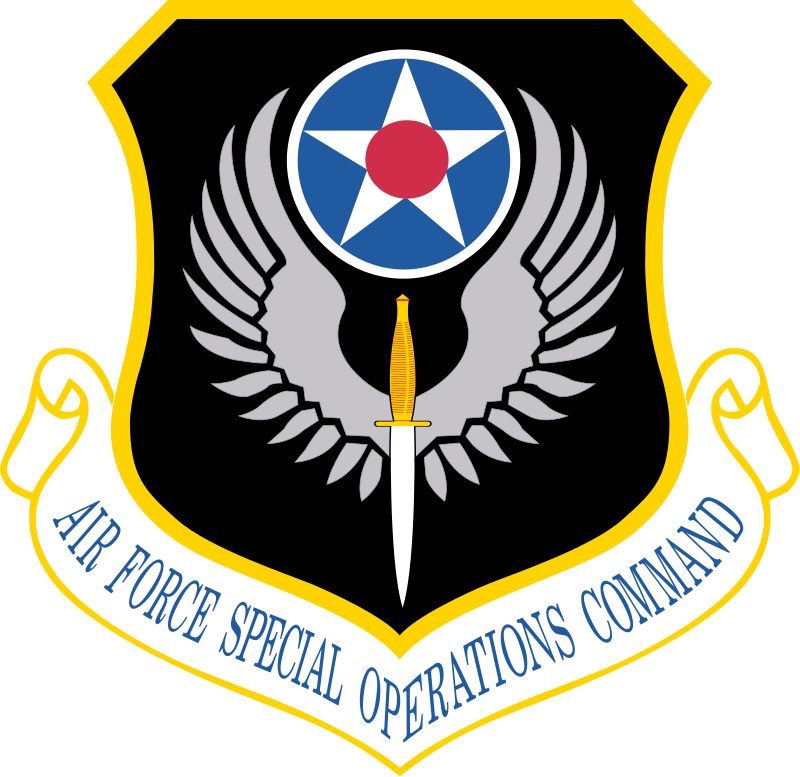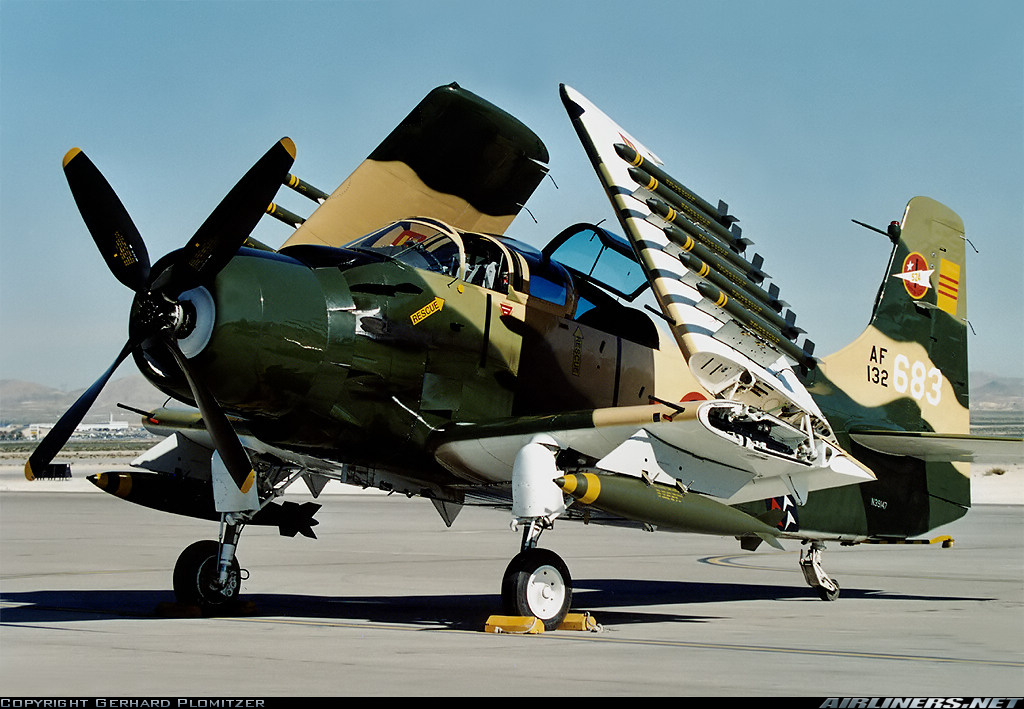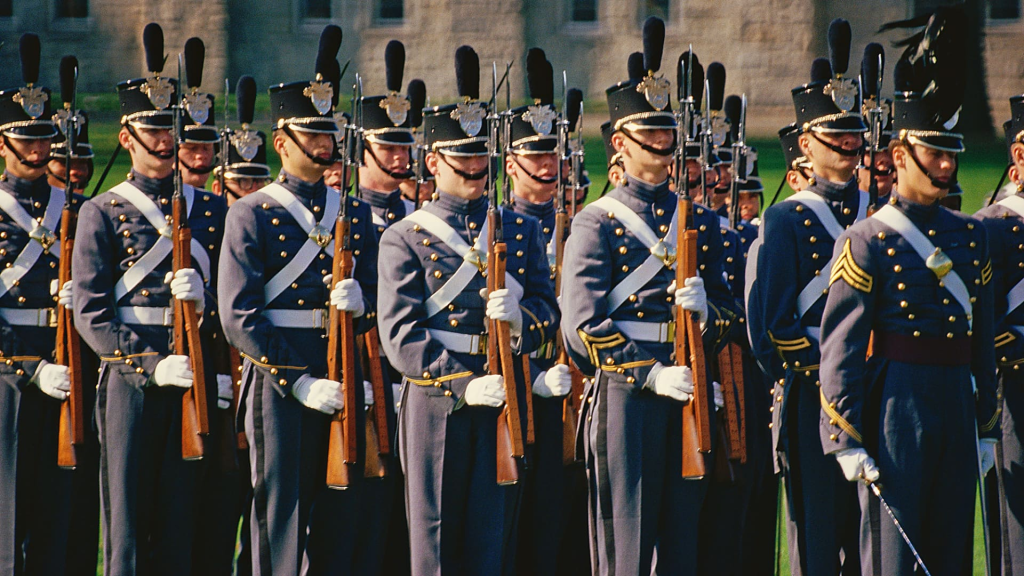Final Mission of Captain Edward A. Blake
1st Air Commando Squadron – Bien Hoa Airbase, Republic of Vietnam – October 29, 1964
October 29, 2025

 Before the massive troop buildups, before the nightly news broadcasts and protest marches, there was a smaller war taking shape in the skies over Vietnam.
Before the massive troop buildups, before the nightly news broadcasts and protest marches, there was a smaller war taking shape in the skies over Vietnam.
It was 1964, and American involvement still hid behind words like advisory and assistance. But the men of the 1st Air Commando Squadron, flying the venerable A-1E Skyraider, were already risking their lives in combat conditions that would define the decade ahead.
Among them was Captain Edward Aloysius Blake, a 29-year-old pilot from Long Beach, Mississippi, who had already logged more than ten years in the United States Air Force. On that morning in late October, Blake climbed into his aircraft beside another veteran airman, Captain John Christopher Knaggs, a West Point graduate and missile-program officer who had volunteered to return to flying.
Together they represented two generations of Cold War airmen—one shaped by Korea, the other by the dawn of nuclear deterrence—both drawn now into the uncertain beginnings of America’s next long war.
The Skyraider: Old Warrior, New Mission

The A-1E Skyraider was an anachronism even in 1964—a propeller-driven attack plane in an era of supersonic jets. But in Vietnam’s rough terrain and close-in battles, it proved priceless. With its massive bomb load, long endurance, and ability to loiter low and slow over the jungle, the Skyraider became the perfect platform for counter-insurgency and close-air-support work.
To the pilots who flew it, the aircraft was affectionately called “Spad.” It demanded strength, precision, and patience—a single-seat brute that could outlast almost anything in the air, yet punish mistakes without mercy.
For the Air Commandos at Bien Hoa Airbase, the Skyraider was the backbone of their mission. They tested tactics, flew escort for transport aircraft, and provided fire support for South Vietnamese ground troops. These early aviators were not only fighting a war; they were inventing one.
The Morning of October 29
At dawn, Bien Hoa stirred to life. Mechanics ran pre-flight checks, ordnance crews loaded weapons, and the air hung thick with the scent of jet fuel and humidity.
Captain Blake and Captain Knaggs prepared for what should have been a routine instrument-training flight—a simple circuit to verify aircraft performance and maintain proficiency.
Their A-1E roared to life with a deep piston growl, its four-blade prop churning the air as it rolled down the runway. The takeoff was smooth, witnesses later said. Then, within seconds, something went wrong.
Smoke streamed from beneath the engine cowling. A burst of flame followed, spreading fast. The Skyraider began losing altitude.
Those watching from the flightline could see the pilots still fighting for control. The aircraft stayed level as long as it could, banking slightly to avoid the town beyond the base perimeter. A few moments later, it struck the ground about five kilometers south of Bien Hoa, exploding into a fireball that sent a column of black smoke into the morning sky.
Both men were killed instantly.
The Cost of Early Commitment
In 1964, U.S. forces in Vietnam numbered barely 20,000. Most were advisors and support personnel. Yet the dangers were as real as in any declared war. The tropical climate punished machines; maintenance resources were stretched thin; and many aircraft had seen hard service in Korea and beyond.
Mechanical failures were frequent. Every takeoff carried risk. For the Air Commandos—who flew long hours under extreme conditions—the line between training and combat was paper-thin. Their mission was to prove that airpower could support small-unit counter-insurgency warfare. They did it with grit, improvisation, and faith in their aging aircraft.
Blake and Knaggs knew the odds. Pilots in that era joked grimly that “every Skyraider has nine lives—and most of them are already used.” Still, they flew. Because somebody had to.
Captain Edward Aloysius Blake
Edward Blake had joined the Air Force in the mid-1950s, drawn to the promise of flight at a time when aviation symbolized American confidence. He was part of the generation that bridged prop and jet—pilots who could handle the raw torque of a piston engine and the complex systems of modern aircraft.
By the time he arrived in Vietnam, he had logged hundreds of flight hours and earned a reputation as a steady, skillful aviator. Fellow pilots described him as calm under pressure, methodical, and devoted to his crew.
He was married, 29 years old, and already a veteran in a young man’s war. His loss was a heavy blow to the small community of Air Commandos stationed at Bien Hoa.
Captain John Christopher Knaggs
Knaggs, age 37, brought a different path to the cockpit. A 1952 graduate of West Point, he had spent years in the Strategic Air Command overseeing Minuteman Missile installations near Parshall, North Dakota. Yet the pull of flying never left him. When the Air Force began assigning experienced officers to Southeast Asia, he volunteered.
For Knaggs, the Skyraider represented not regression but renewal—a return to hands-on flying, a chance to contribute directly in a new kind of conflict. His experience and leadership made him an ideal mentor for younger pilots adapting to the strange hybrid war America was entering.
Together, Blake and Knaggs embodied the dual spirit of the early Air Commandos—youth and experience, energy and wisdom, both lost on the same fiery morning.
Bien Hoa: The Birthplace of Air Commandos
The base at Bien Hoa was more than a collection of hangars and runways. It was a laboratory for a new form of warfare.
The 1st Air Commando Squadron, under the 34th Tactical Group, trained Vietnamese pilots, experimented with night-attack tactics, and refined the techniques that would later become standard in close-air-support and rescue operations.
Here, long before the famous “Sandy” rescue missions, American pilots learned to fly slow, low, and accurate—covering troops in contact and defending medevac helicopters. Every sortie helped shape the doctrine that would save countless lives later in the war.
But progress came at a cost. Between 1964 and 1965, accidents, mechanical failures, and enemy fire claimed numerous aircraft and airmen. Blake and Knaggs were among the earliest casualties, their deaths marking the growing price of America’s quiet escalation.
Courage in the Quiet Hours
Their loss did not come amid the roar of battle or the glare of publicity. It came in the quiet, uncelebrated work that every military profession depends on: training, testing, and maintaining readiness.
There is a particular courage in that kind of duty—the courage to confront risk without the recognition of combat glory. The Air Commandos who flew those early missions accepted that reality. Their bravery lay in persistence, in showing up each day to fly the next sortie, to improve the aircraft, to prepare for the war they knew was coming.
When the crash report was filed, it read simply:
“Cause: Mechanical failure, post-takeoff engine fire.”
Yet between those lines rests a story of professionalism, sacrifice, and the will to stay at the controls until the very end.
Legacy
By the time America’s involvement in Vietnam reached full scale in 1965–1966, the lessons learned by Blake, Knaggs, and their peers had become doctrine. The Skyraider would go on to earn legendary status in the war—escorting rescue helicopters, pounding enemy positions, and earning the trust of ground troops who called the pilots their “guardian angels.”
The courage of those early Air Commandos lives on in today’s Air Force Special Operations Command (AFSOC), whose lineage traces directly to the men of Bien Hoa.
Their story also endures on the Vietnam Veterans Memorial Wall—Captain Edward A. Blake on Panel 1E, Line 66, and Captain John C. Knaggs beside him on Line 67. Two names, side by side, representing a shared fate and a shared mission.
Final Honors
Captain Edward Aloysius Blake
United States Air Force
1st Air Commando Squadron, 34th Tactical Group, 13th Air Force
-
Born: Long Beach, Mississippi (date unavailable)
-
Died: 29 October 1964 – Bien Hoa Airbase, Republic of Vietnam
-
Aircraft: A-1E Skyraider
-
Cause: Mechanical failure – post-takeoff engine fire
-
Age: 29 – Married
Captain John Christopher Knaggs
United States Air Force
1st Air Commando Squadron, 34th Tactical Group, 13th Air Force
-
Born: (Exact date unavailable) – U.S. Military Academy Class of 1952
-
Died: 29 October 1964 – Bien Hoa Airbase, Republic of Vietnam
-
Aircraft: A-1E Skyraider
-
Cause: Mechanical failure – post-takeoff engine fire
-
Age: 37 – Married
They died not in battle, but in the proving ground of courage—
testing the wings that would carry others into war.